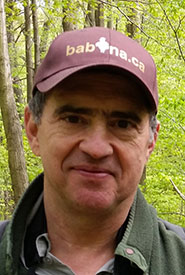Conservation needs a common language to describe Canada’s ecosystems
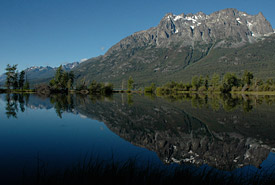
Tatlayoko Ranch, British Columbia, (Photo by Bernadette Mertens)
“The beginning of wisdom is to call things by their proper name.” ~ Ancient Chinese proverb
For organisms, we use the concept of a “species” to assign proper names. Having standard names for species is critical in both communication and conservation. It means that we have a common understanding when someone shouts that they see a grizzly bear or a bearberry. It also means that scientists can map the ranges of species to better understand their distribution and their conservation needs.
What about ecosystems? On this planet we have the marine, freshwater, terrestrial and subterranean ecosystems, but there is no standard system to describe them.
For example, imagine standing in a forest ecosystem with one foot in Quebec and the other in New Brunswick, and calling it different names. How will you tell how many hectares of each ecosystem type exist or are protected? How can scientists determine if the forest is rare or common? From the species’ perspective, it would be as if a sharp-shinned hawks were considered different species, depending on their jurisdiction, or called a sharp-shinned hawk in one province, and just called a hawk in the other.
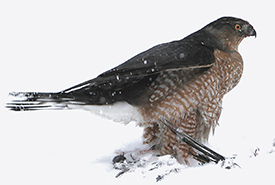
Cooper's hawk (Photo by Larry Master)
Thus, one of the jobs of “ecosystem taxonomists” is to standardize ecosystem classifications ― much like deciding whether a Cooper’s hawk in the example above is one or two species, what they should be called, and what concept we will use to categorize them.
Conservation and resource management in Canada need a common language to classify and share information on Canadian ecosystems. This is the objective of the Canadian National Vegetation Classification (CNVC).
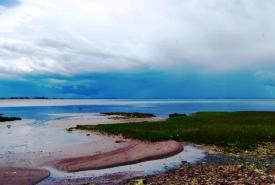
Barachois, New Brunswick (Photo by NCC)
The CNVC is a hierarchy that categorizes different ecosystems. It starts with six general classes such as "Forest and Woodland" or "Aquatic Vegetation." These classes are further broken down into finer categories, with names being applied to each ecosystem level.
The CNVC did not start from scratch. Partial ecosystem classifications have been created in most Canadian provinces and American states. The CNVC unites and bridges the existing systems between jurisdictions, but considerable work is needed to finish defining and naming each ecosystem.
A good reason for doing so is that a cornerstone of conservation is to protect places that are representative of each kind of ecosystem.
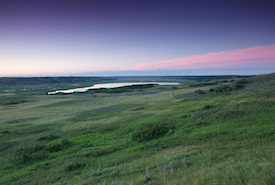
Big Valley Complex, Saskatchewan (Photo by Branimir Gjetvaj)
Another reason is that, for many groups of organisms, we don’t know enough to create a national list of species. Nor do we have enough information to rank each species for conservation concern. Examples include many groups of invertebrates, non-vascular plants, algae, lichens, fungi and microscopic biota. Conservation biologists already have their hands full with thousands of species of vertebrates and vascular plants. By protecting ecosystems that represent all of Canada’s habitats, we can better protect all species. Bring on the ecosystem taxonomists!
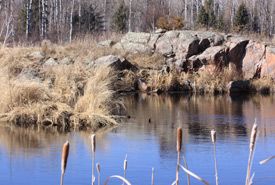
Boreal forest marsh, Whitemouth, Manitoba (Photo by NCC)
The CNVC would also support the protection of rare ecosystems, such as through Manitoba’s Endangered Species and Ecosystems Act, Canada’s first legislation to protect ecosystems. We cannot say we are doing a good job protecting biodiversity in Canada until we finish creating a national ecosystem classification, and use it to help inform conservation.
We are looking forward to cracking open the first “Field Guide to Canada’s Ecosystems” book or app, once the classification is complete. While we’re outside recording birds and plants, we’ll also be recording ecosystems and contributing to our collective knowledge on Canada’s terrestrial biodiversity.
This blog was co-authored by Robert Alvo and Serguei Ponomarenko, PhD, Associate Researcher, Canadian Museum of Nature.

